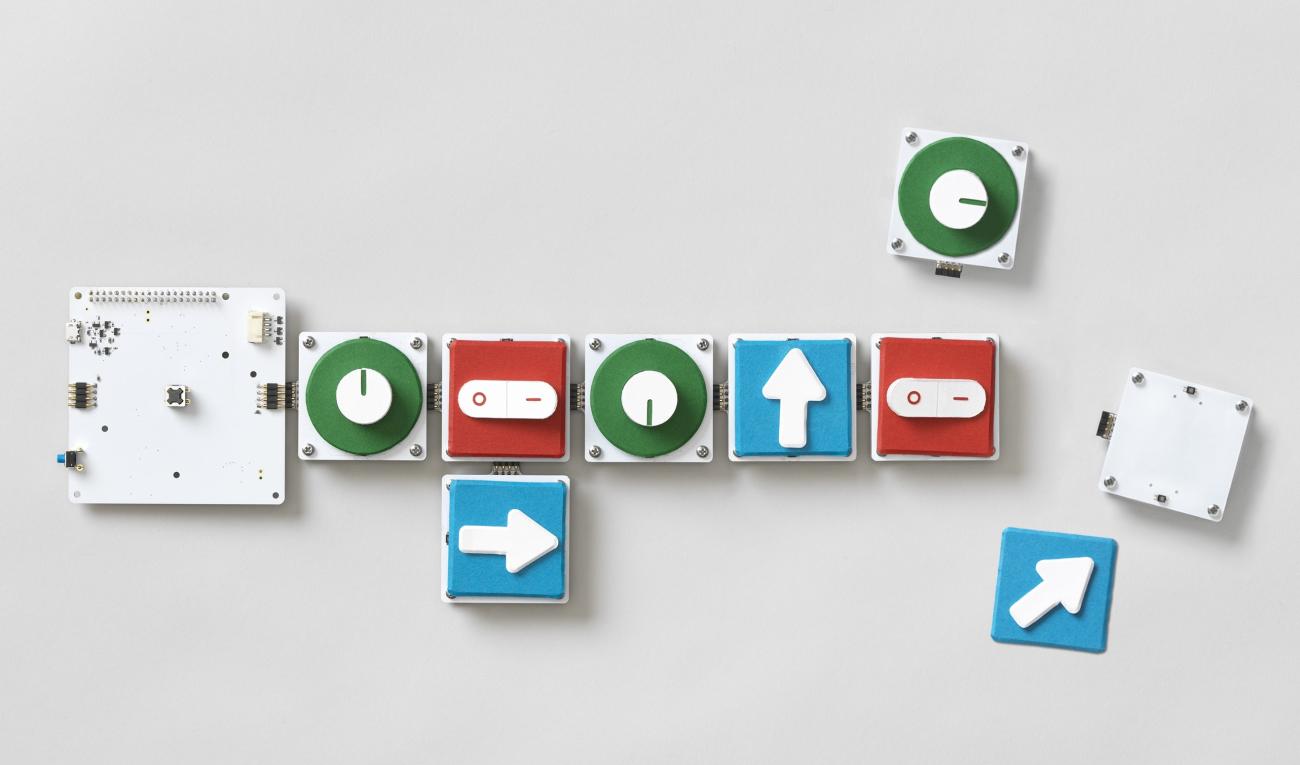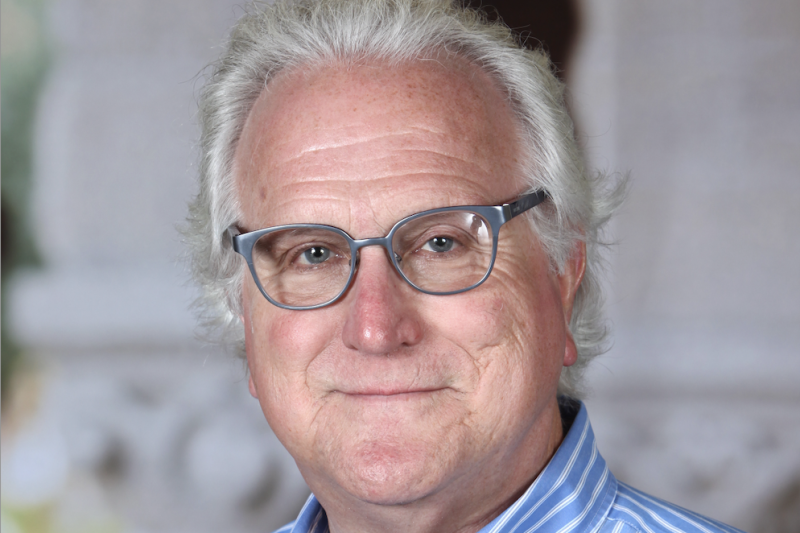
Blikstein, Google develop new platform to learn computer programming
Paulo Blikstein, assistant professor at Stanford Graduate School of Education, has teamed up with Google researchers and design firm IDEO on a new initiative that aims to help kids learn to code.
Project Bloks, an open hardware platform that researchers, developers and designers can use to build physical coding experiences, was launched this week. It creates a hands-on experience for learners.
"Imagine what could happen if we had 10 times more people developing ways for children to learn coding and computational thinking: not just the traditional way, but kits that would teach programming in different ways such as making music or controlling the physical world,” Blikstein said in a statement. “That is what this platform will enable: make it easy to think outside of the box, without all the technical obstacles.”
In a blog announcing the research collaboration, Google said:
"Kids are inherently playful and social. They naturally play and learn by using their hands, building stuff and doing things together. Making code physical - known as tangible programming - offers a unique way to combine the way children innately play and learn with computational thinking."
Project Bloks, the blog post continued, "will allow designers, developers and researchers to focus on innovating, experimenting and creating new ways to help kids develop computational thinking."
The team released a paper further describing the project, the educational goals and the history of tangible programming.
"The Project Bloks system enables educators and makers to create new tangible programming languages without having to deal with low-level technical details," the paper says.
"We should make it easy for novices to get started, but possible to build complex and diverse creations once children’s confidence develops—the tool grows with the child as opposed to being a disposable one-off design."
The response from educators and others on Twitter and Facebook to Project Bloks has been enthusiastic. Since its launch, the initiative also has been covered by dozens of media outlets from Wired and The Guardian to TechCrunch and Popular Mechanics.



